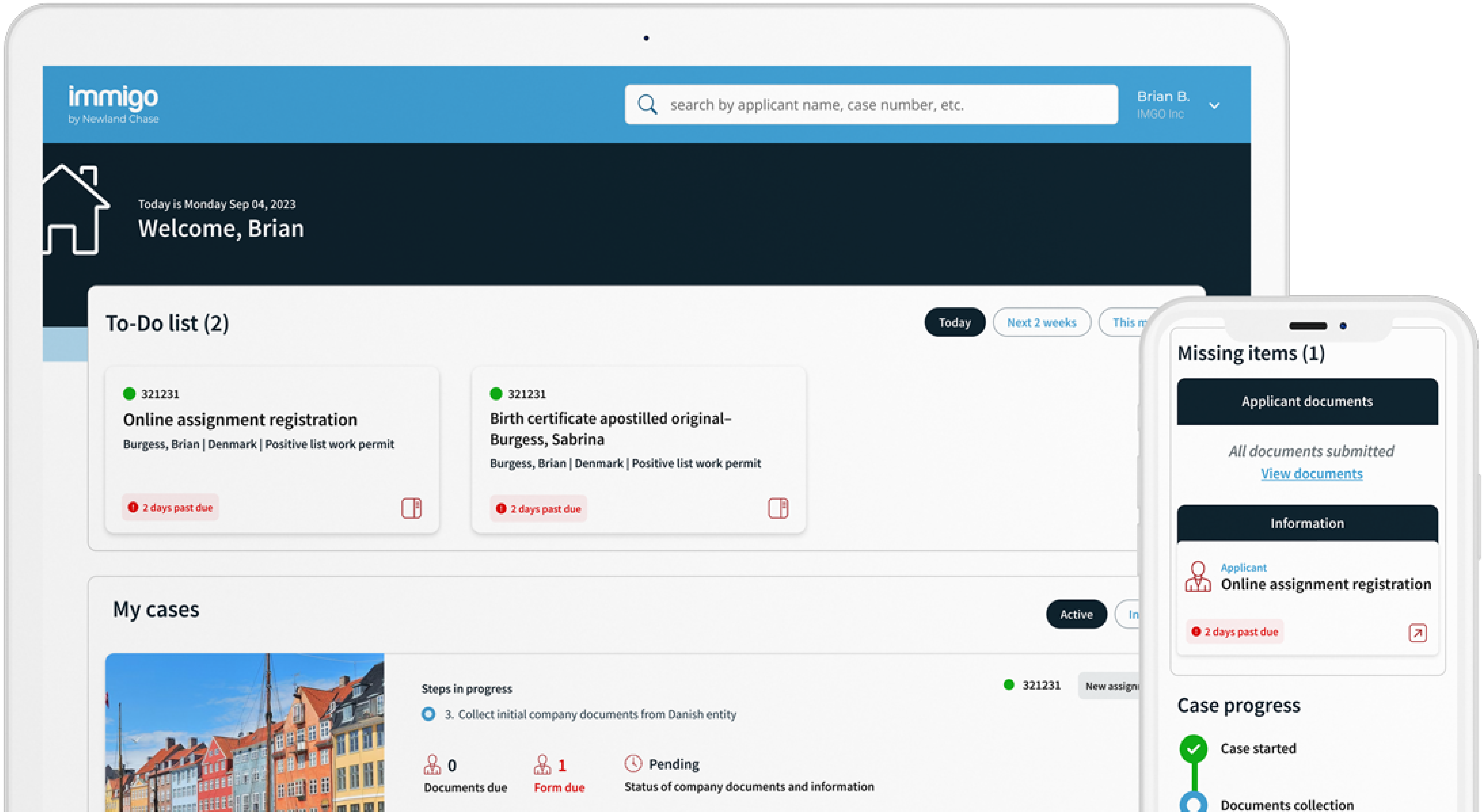Get The Visibility Your Company Needs
Reduce compliance risks and mobility costs while managing individual and project-related travel with ImmiSMART: the solution that unifies your travel and mobility programs.
UNITED KINGDOM – Changes to Student Visa Route
June 9, 2023
Last week the government highlighted changes to the student visa route in hopes they will reduce net migration, with the main focus being on the dependents on the student route.
The announcement was made just two days before official statistics showed legal migration had reached 606,000 this year with most people arriving in the UK in 2022 being non-EU nationals (925,000), followed by EU (151,000) and British (88,000).
In the year ending December 2022, 486,000 student visas were issued to applicants – up from 269,000 in 2019, while the number of dependents of overseas students has increased by 750% since 2019. The figures reflect the government’s International Education Strategy, which aims to host 600,000 international higher education students studying in the UK each year by 2030. But the worry seems to lie with the dependents of these sought out students.
What can new students expect?
- Overseas students will no longer be able to bring family with them except those students on a postgraduate level course or limited research programs;
- Banning people from using a student visa as “a backdoor route to work in the UK” & “prevent misuse of the visa system” – overseas students will be stopped from switching from the student visa route to work routes until their studies have been completed;
- Possible increase in the maintenance requirement that students and dependents must demonstrate;
- Tackle international student agents who may be supporting inappropriate student visa applications.
The new reforms will come into effect for students starting in January 2024.
The Education Secretary claims that “the changes to student visas strike the right balance in supporting the UK economy, including world-leading education institutions, and upholding the government’s commitment to reducing overall net migration.” and the Home Secretary believes that “we expect this package to have a tangible impact on net migration.”
Why dependents?
While dependents of overseas students have increased since 2019 to 136,000, analyzing this increase “reflects the change in the composition of students”. In recent years there have been a greater number of older students attracted to study in the UK, as well as the increasing popularity of postgraduate courses.
Considering this, as described by the leader of the Russell Group of universities, the limitations are likely to have a “negative impact” on universities’ plans to diversify their student intakes as many students with dependents will be deterred from applying without knowing their dependents can join them.
The director of the Higher Education Policy Institute also stated the changes are “not a wise move because every part of the UK benefits from the presence of international students and, if they are discouraged from coming to the UK, they won’t stay at home but instead go to our competitors”. They also highlighted the possible damaging impacts this would have on the UK’s economy which is already struggling post-Brexit.
It remains to be seen if these changes will in fact reduce net migration as postgraduate students (who proportionally are more likely to have dependents) are still able to apply as dependents.
Is focusing on students going to reduce net migration?
The figures for net migration do not show the true picture. The huge rise in net migration is largely due to government schemes such as the Ukraine Family Scheme, Afghanistan resettlement, and Hong Kong (BNO) programs which have in total welcomed 350,000 migrants to the UK, many on a permanent basis.
On the other hand, students typically stay for shorter periods than other migrants and the majority leave at the end of their studies. The latest data shows that those who arrived for study reasons in 2021 are now starting to leave, driving an increase in total emigration from 454,000 in 2021 to 557,000 in 2022.
Overall, student visas are not a major contributor to net migration in the long run. It is an already limited and expensive route, with no lead to a settlement unless under the 10 year’s continuous residency route. Statistically, only a limited number of students choose to stay in the UK after their studies. Some may switch to the graduate or work visa but most do not end up renewing their visas and the majority choose to leave after their studies. With the ban from switching from the student visa route to work routes until studies have been completed, we can expect that this number will be limited even further.
Newland Chase Insights
If you have any compliance queries on the above or which are more nuanced please contact us directly on [email protected]. For general advice and information on immigration and business travel to the UK, please contact us.




